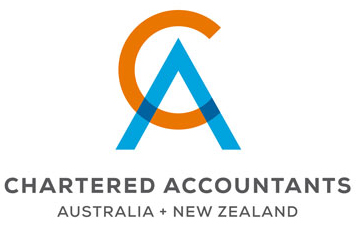7-year Div.7A reprieve for some bucket company UPEs
As was recently discussed on the NTAA’s Tax on the Couch, traditionally, if a trust simply retained funds representing an Unpaid Present Entitlement (‘UPE’) in favour of a bucket company (and no payments, loans or forgiven debts were made by the trust to the company’s shareholders or their associates), it was generally accepted that Division 7A (i.e., a deemed dividend) did not automatically apply.However, practitioners were forced to dramatically re-think these traditional views and practices on 16 December 2009, when the ATO released the draft version of Taxation Ruling TR 2010/3. In particular, the ATO reconsidered its previous position, instead taking the view that a ‘bucket’ company (being part of the same controlled ‘family group’ as the distributing trust) made a ‘loan’ to the trust for Division 7A purposes, simply by not calling for the UPE to be paid. As a result of this changed position, where a trust creates a UPE in favour of a bucket company on or after 16 December 2009, the trust needs to either pay out the UPE/loan to the ‘bucket’ company, put the UPE on sub-trust in accordance with PS LA 2010/4, or convert the UPE to a loan under a Division 7A loan agreement. Where a taxpayer elects to put the UPE on sub-trust for the sole benefit of the ‘bucket company’, they may choose one of three sub-trust investment options set out in PS LA 2010/4. One of the most popular sub-trust arrangements is ‘investment option 1’, which allows for a 7-year interest only loan. Interest is payable annually with the repayment of the principal required at the end of the 7-year term.
For example, if a sub-trust was created on 15 May 2011 (i.e., with respect to a 30 June 2010 UPE), the principal must be repaid to the bucket company by 15 May 2018. However, the ATO has recently released Practical Compliance Guideline PCG 2017/13 which effectively extends the term of some of these investment option 1 loans for a further 7 years (i.e., under a new complying Division 7Aloan), creating significant cash flow benefits for eligible taxpayers.

